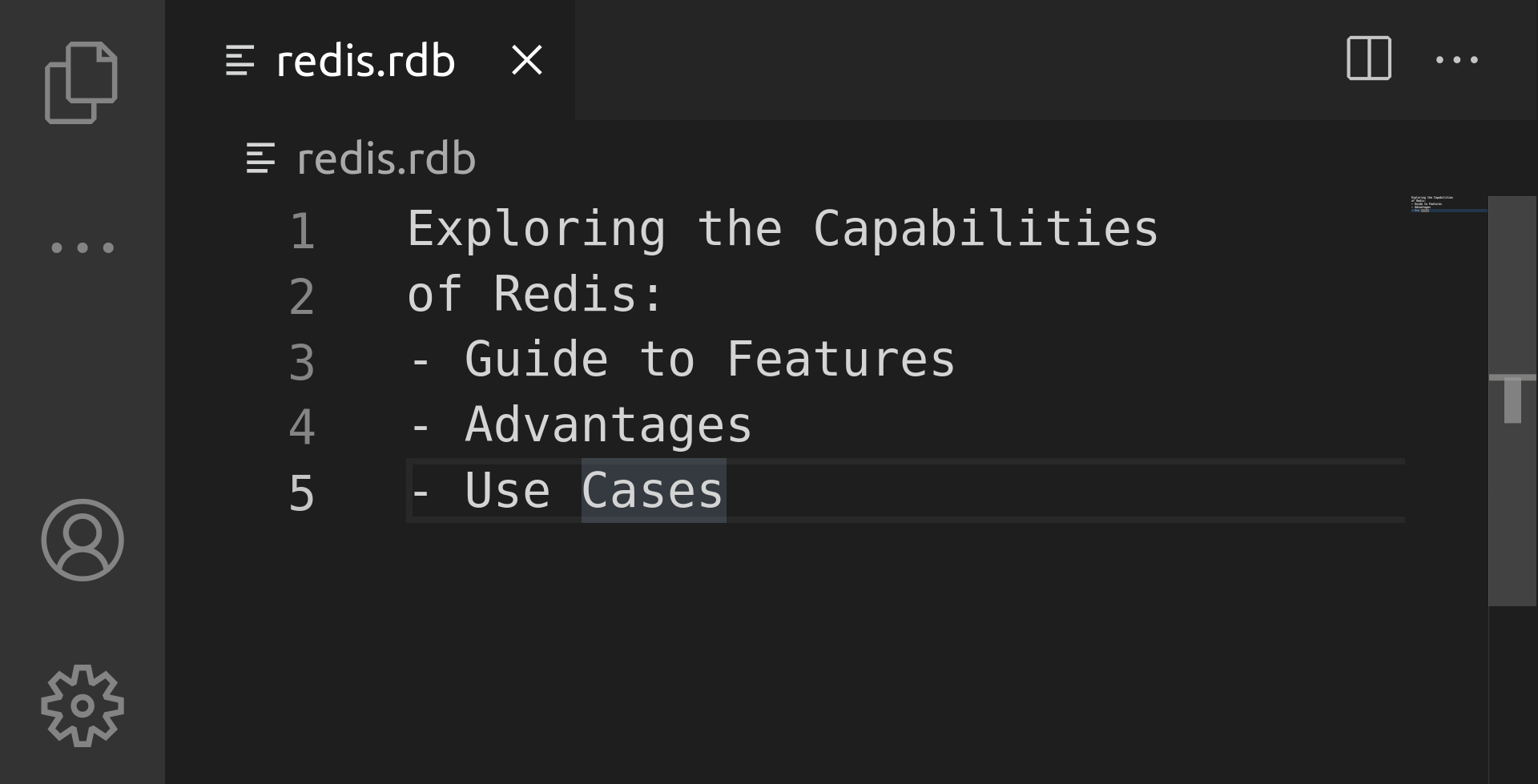Exploring the Capabilities of Redis: Guide to Features, Advantages, and Use Cases

Redis (Remote Dictionary Server) is an open-source, in-memory data structure store that is used as a database, cache, and message broker. It is known for its performance, scalability, and support for a wide variety of data structures.
History of Redis
Redis was first developed by Salvatore Sanfilippo (also known as antirez) in 2009. The first version of Redis was released in 2009 and since then it has grown in popularity and matured in its capabilities. Today, Redis is widely used by organizations of all sizes and is considered one of the most popular in-memory data stores.
Features of Redis
Redis is a powerful in-memory data store that offers a wide range of features for managing and manipulating data. Some of the most notable features of Redis include:
- In-memory: Redis stores data in memory, which allows for fast read and write operations.
- Data structures: Redis supports a wide variety of data structures, including strings, hashes, lists, sets, and sorted sets.
- Persistence: Redis supports persistence, which allows for data to be saved to disk and restored in the event of a crash or reboot.
- Replication: Redis supports master-slave replication, which allows for the replication of data across multiple servers.
- Lua scripting: Redis supports Lua scripting, which allows for the execution of custom scripts on the Redis server.
Advantages of Redis
Redis is popular among developers and organizations due to its many advantages, some of which are:
- Performance: Redis stores data in memory, which allows for fast read and write operations.
- Data structures: Redis supports a wide variety of data structures, which allows for more flexibility and versatility in data modeling compared to traditional key-value stores.
- Scalability: Redis supports master-slave replication and sharding, which allows for horizontal scaling and the distribution of data across multiple servers.
- Flexibility: Redis’ support for Lua scripting, allows for the execution of custom scripts on the Redis server, providing additional flexibility and power.
- Low Latency: Redis is designed to handle large amounts of data with low latency, making it ideal for real-time applications and use cases that require sub-millisecond response times.
- Large Community: Redis has a large and active community of users and developers, which means that there is a wealth of documentation, tutorials, and support available.
Use Cases
Redis is widely used in a variety of applications and industries, some of the most common use cases include:
- Caching: Redis’ in-memory data store and support for a wide variety of data structures make it a popular choice for caching.
- Real-time analytics: Redis’ high performance, scalability, and support for real-time analytics make it a popular choice for real-time analytics applications.
- Session management: Redis’ support for data structures and low latency make it a great choice for session management.
- Gaming: Redis’ scalability, performance, and support for data structures make it a great choice for gaming companies, where it can be used to store and manage player data, game state, and other information.
- Queueing and messaging: Redis’ support for data structures and pub/sub messaging patterns make it well-suited for messaging and queueing systems.
- Leaderboard and ranking: Redis’ support for data structures and its ability to perform fast sorting operations make it a great choice for leaderboard and ranking systems.
Conclusion
Redis is an open-source, in-memory data structure store that is used as a database, cache, and message broker. It is known for its performance, scalability, and support for a wide variety of data structures. Redis’ in-memory data store, support for data structures, persistence, replication, and Lua scripting make it a popular choice among developers and organizations.
Redis is widely used in a variety of applications and industries, including caching, real-time analytics, session management, gaming, queuing and messaging, leaderboard and ranking systems, and many other use cases that require fast, low-latency data manipulation. Redis has a large community of users and developers, it is open-source, scalable, and performant, it is widely used in a variety of applications and industries.





